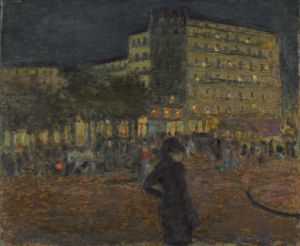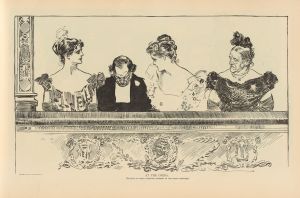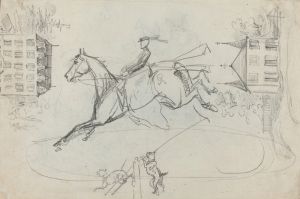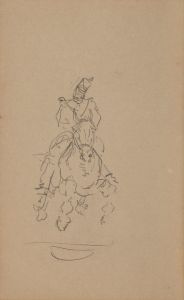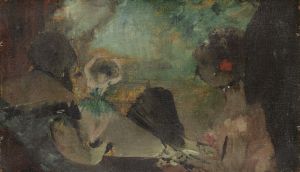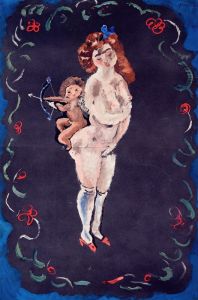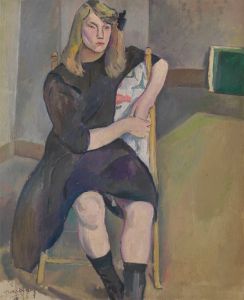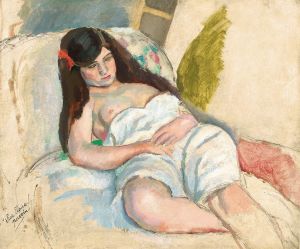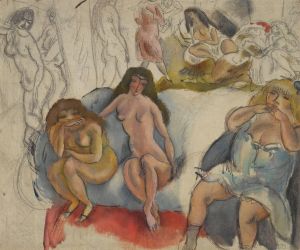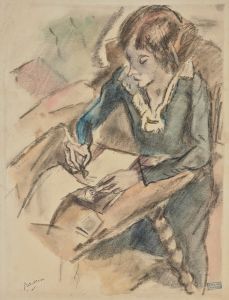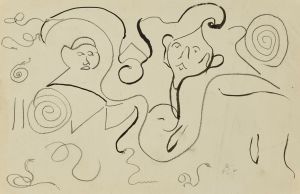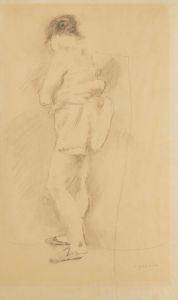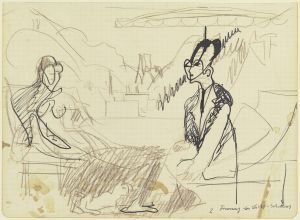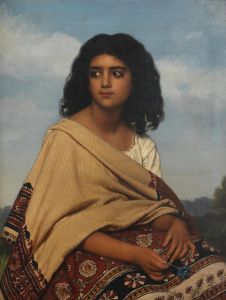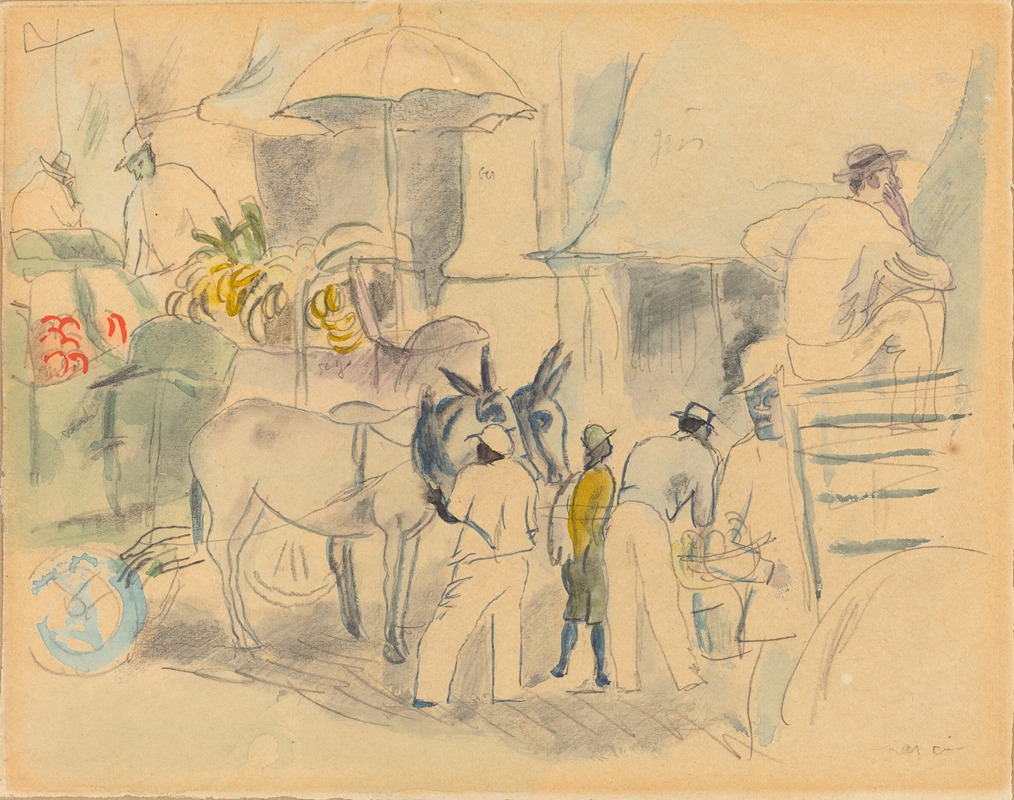
Havana
A hand-painted replica of Jules Pascin’s masterpiece Havana, meticulously crafted by professional artists to capture the true essence of the original. Each piece is created with museum-quality canvas and rare mineral pigments, carefully painted by experienced artists with delicate brushstrokes and rich, layered colors to perfectly recreate the texture of the original artwork. Unlike machine-printed reproductions, this hand-painted version brings the painting to life, infused with the artist’s emotions and skill in every stroke. Whether for personal collection or home decoration, it instantly elevates the artistic atmosphere of any space.
Jules Pascin, born Julius Mordecai Pincas in 1885, was a Bulgarian-born artist known for his association with the early 20th-century Parisian avant-garde. He was a prolific painter and illustrator, celebrated for his delicate and expressive works that often depicted women, urban scenes, and the bohemian lifestyle of his time. Pascin's work is characterized by its fluid lines and a soft, often muted color palette, which together create a sense of intimacy and immediacy.
"Havana" is one of Pascin's notable works, created during a period when he traveled extensively. Pascin's travels took him to various parts of the world, including the United States and Cuba, where he absorbed diverse cultural influences that enriched his artistic output. His visit to Havana, Cuba, provided him with new subjects and scenes that were distinct from the European environments he was accustomed to.
The painting "Havana" captures the essence of the city through Pascin's unique perspective. While specific details about the painting's composition and style are limited, it can be inferred from Pascin's broader body of work that "Havana" likely features his characteristic approach to form and color. Pascin often employed a light, almost sketch-like quality in his paintings, which allowed him to convey movement and emotion with subtlety and grace.
Pascin's depiction of Havana would have been influenced by the vibrant culture and dynamic atmosphere of the city during the early 20th century. Havana, at the time, was a bustling hub of activity, known for its rich blend of Spanish, African, and Caribbean influences. This cultural tapestry would have provided Pascin with a wealth of inspiration, from the architecture and street scenes to the people and their daily lives.
While Pascin's work is often associated with a sense of melancholy and introspection, his travels, including his time in Havana, introduced a broader range of themes and moods into his art. The painting "Havana" likely reflects this diversity, capturing both the vibrancy and complexity of the city.
Jules Pascin's life was marked by both artistic success and personal struggles. Despite his acclaim, he battled depression and ultimately took his own life in 1930. His legacy, however, endures through his contributions to modern art and his influence on contemporaries and future generations of artists.
In summary, "Havana" by Jules Pascin is a testament to the artist's ability to capture the spirit of a place through his distinctive style. While specific details about the painting are scarce, it remains an important part of Pascin's oeuvre, reflecting his experiences and the diverse cultural landscapes he encountered during his travels.





